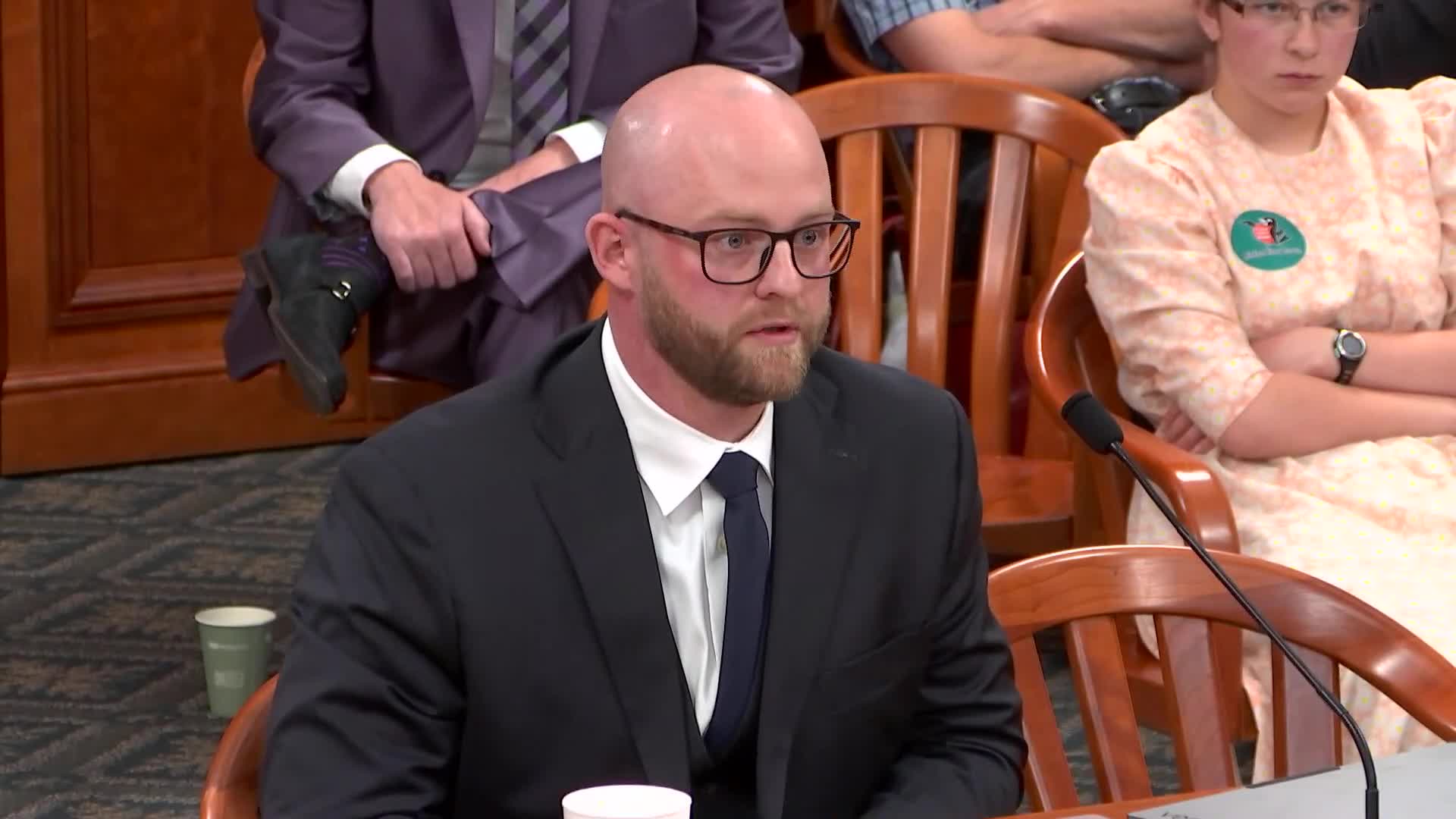Brazilian government seeks UAS technology for narcotics detection at border
May 08, 2025 | 2025 House Legislature MI, Michigan
This article was created by AI summarizing key points discussed. AI makes mistakes, so for full details and context, please refer to the video of the full meeting. Please report any errors so we can fix them. Report an error »

In a recent meeting of the Michigan Legislature's Subcommittee on Homeland Security and Foreign Influence, discussions centered around the evolving landscape of Unmanned Aerial Systems (UAS) and their implications for national security and international cooperation. The atmosphere was charged with a sense of urgency as representatives explored the potential of drones in combating narcotics trafficking and addressing security concerns posed by foreign adversaries.
One of the key topics was a proposal from certain Brazilian government representatives to develop a UAS application aimed at automating surveillance along their borders to detect narcotics. While this initiative appeared innocuous at first glance, experts cautioned that the implications of such technology could extend far beyond its intended use. The conversation highlighted the dual nature of UAS technology, where the line between surveillance and potential misuse can blur, raising questions about accountability and oversight.
The committee also examined the current state of UAS technology, particularly the challenges of verifying the safety and reliability of various platforms. A representative noted the importance of adhering to strict Department of Defense (DOD) standards, mentioning the Blue UAS program, which lists approved commercial drones that meet these criteria. This focus on safety is crucial, especially as the military increasingly relies on drones for various applications.
However, the discussion took a more critical turn when addressing counter-UAS technologies. Experts expressed concerns about the effectiveness of current countermeasures, such as anti-drone rifles, which they deemed inadequate against the growing sophistication of drone swarms. The lack of a comprehensive strategy to counter diverse UAS threats was evident, with calls for innovative solutions that could address both individual drones and coordinated attacks.
The meeting also touched on the technological advancements in battery systems for drones, with representatives questioning the reliance on lithium batteries and the potential for hydrogen fuel cells. The conversation underscored the need for investment in emerging technologies, despite the risks and uncertainties involved.
As the meeting concluded, it became clear that while UAS technology holds promise for enhancing security and operational capabilities, it also presents significant challenges that require careful consideration. The dialogue emphasized the necessity for ongoing collaboration between government entities and private sector innovators to navigate the complexities of drone technology and its implications for national security. The future of UAS applications remains a critical area of focus, with the potential to reshape how security is managed both domestically and internationally.
One of the key topics was a proposal from certain Brazilian government representatives to develop a UAS application aimed at automating surveillance along their borders to detect narcotics. While this initiative appeared innocuous at first glance, experts cautioned that the implications of such technology could extend far beyond its intended use. The conversation highlighted the dual nature of UAS technology, where the line between surveillance and potential misuse can blur, raising questions about accountability and oversight.
The committee also examined the current state of UAS technology, particularly the challenges of verifying the safety and reliability of various platforms. A representative noted the importance of adhering to strict Department of Defense (DOD) standards, mentioning the Blue UAS program, which lists approved commercial drones that meet these criteria. This focus on safety is crucial, especially as the military increasingly relies on drones for various applications.
However, the discussion took a more critical turn when addressing counter-UAS technologies. Experts expressed concerns about the effectiveness of current countermeasures, such as anti-drone rifles, which they deemed inadequate against the growing sophistication of drone swarms. The lack of a comprehensive strategy to counter diverse UAS threats was evident, with calls for innovative solutions that could address both individual drones and coordinated attacks.
The meeting also touched on the technological advancements in battery systems for drones, with representatives questioning the reliance on lithium batteries and the potential for hydrogen fuel cells. The conversation underscored the need for investment in emerging technologies, despite the risks and uncertainties involved.
As the meeting concluded, it became clear that while UAS technology holds promise for enhancing security and operational capabilities, it also presents significant challenges that require careful consideration. The dialogue emphasized the necessity for ongoing collaboration between government entities and private sector innovators to navigate the complexities of drone technology and its implications for national security. The future of UAS applications remains a critical area of focus, with the potential to reshape how security is managed both domestically and internationally.
View full meeting
This article is based on a recent meeting—watch the full video and explore the complete transcript for deeper insights into the discussion.
View full meeting
